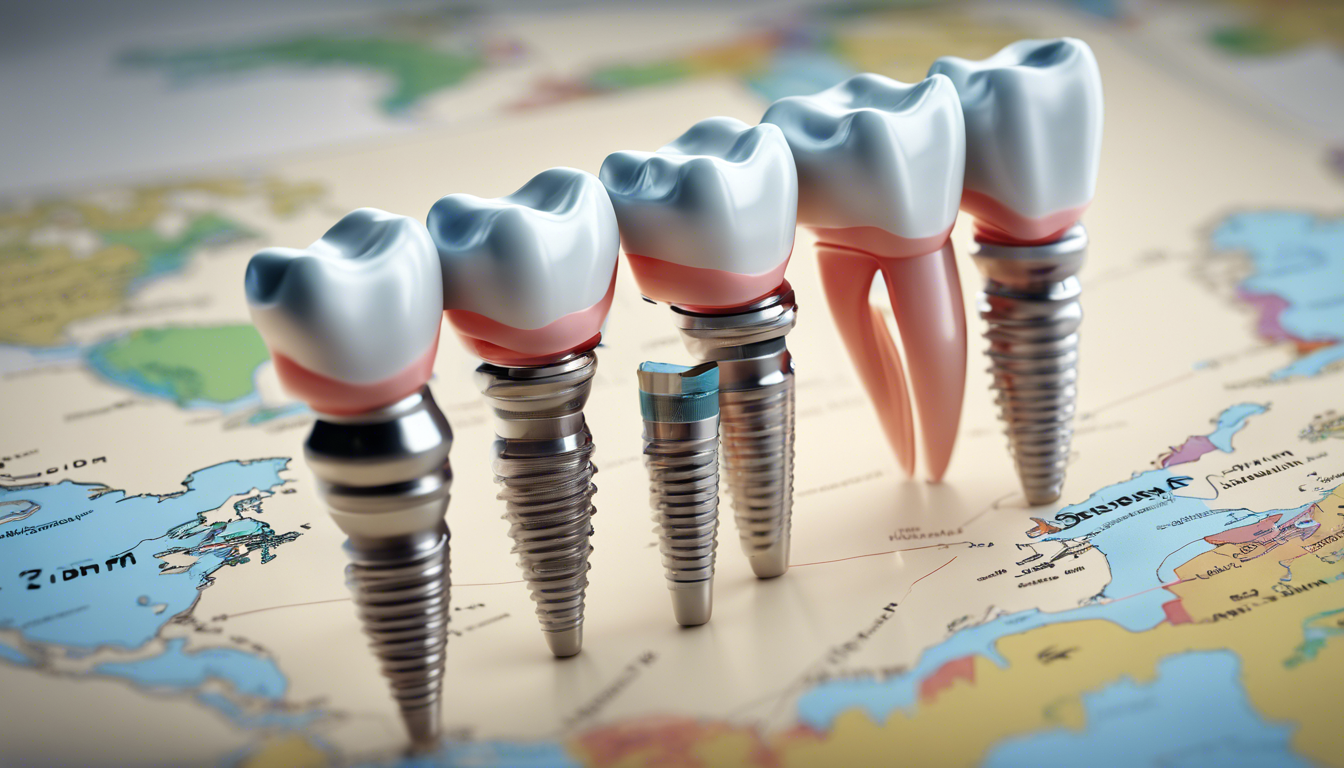Dental implants have significantly evolved as a substantial element in modern oral healthcare, providing solutions for patients suffering from tooth loss due to decay, gum diseases, or injuries. The technological advancements in this field not only promise improved oral health but also enhance aesthetic appeal and functionality.
Implants are typically made from titanium, a material well-respected for its compatibility with human bone and tissue. Upon being implanted into the jawbone, they serve as a stable foundation for artificial teeth, resembling and functioning like natural teeth. This method is reputed for its durability and the preservation of jaw structure, preventing the bone loss that often accompanies tooth loss.
However, an increasing concern is the suitability of this treatment for individuals under 55. Younger patients often hesitate to opt for implants due to misconceptions about its invasiveness and long-term implications. Moreover, their bone structure is still in a dynamic state, which could theoretically complicate the osseointegration process—the fusion of the implant and the bone.
Recent studies have been aiming to address these concerns. Experimental techniques that focus on enhancing the osseointegration process and minimizing recovery time are currently in progress, with some promising outcomes using nanotechnology to improve the surface structure of implants for faster and more effective integration.
Despite these advancements, the occurrence and popularity of dental implants vary significantly by geography. Developed countries with higher healthcare spending report a greater incidence of these procedures. In contrast, in developing regions, the lack of infrastructure, economic constraints, and limited access to specialized dental care significantly reduce the prevalence of dental implants.
In Europe, countries like Sweden and Germany, which have robust healthcare systems, see a high rate of dental implant surgeries compared to Eastern European countries. The US shows a similar pattern, with higher procedure rates in more affluent states.
The advent of digital dentistry has transformed the implant process. Techniques such as 3D printing and computer-aided design/manufacturing (CAD/CAM) have been game-changers, providing tailor-made dental solutions that ensure a higher success rate and patient satisfaction.
With these technological strides, the cost of dental implants has also been a point of discussion. Initially, these procedures were considered a luxury; however, with insurance companies beginning to recognize the long-term cost-effectiveness and health benefits of dental implants over traditional treatments like dentures, coverage has become more common, somewhat addressing the cost barrier.
Experts like Dr. Helena Briggs, a renowned dental surgeon and researcher, suggest that ‘As we move forward, the focus should not only be on making these technologies accessible but also on educating the public and medical community about the advancements and their benefits. This will ensure that more people can avail themselves of such life-enhancing treatments.’
In summary, as the landscape of dental health continues to evolve, dental implants stand out as a beacon of progress, blending cutting-edge science with practical healthcare solutions. With ongoing research aimed at making dental implants more adaptable, reliable, and accessible, the future looks bright for patients seeking these advanced treatments.
You may also like
Dental Implants: Treatments and Considerations for Older Adults
This article explores the various methods and treatments available in dental implants, focusing on issues relevant to individuals aged 55 and older. It also highlights new studies and experimental treatments, as well as geographical variations in the prevalence of these procedures.
Elderly Care with Caregivers: Costs and Benefits
As the global population ages, the need for elderly care is rising. This article delves into the various proposals, costs, and benefits of employing caregivers for seniors. It also explores the challenges associated with this solution and provides a geographical breakdown of its incidence.
Elderly Care in Nursing Homes: Proposals and Costs
This article explores the landscape of elderly care in nursing homes, detailing available proposals, associated costs, and the numerous benefits they provide. We examine the challenges faced and delve into the various options for eldercare within these facilities. The piece also highlights how geographical regions affect the choices and accessibility of nursing home care.
External Hearing Aids: Current Technologies and Emerging Research
This article delves into the myriad options available in the realm of external hearing aids, detailing the latest technologies and ongoing research in this crucial field. Insights into geographic trends and the usage rates of these devices around the globe are also discussed.
The Evolution and Future of Internal Hearing Aids
This article delves into the advancements in internal hearing aids, detailing existing technologies and devices, alongside promising experimental studies. It reviews the prevalence of hearing aid usage across different geographic areas, offering insights from experts and addressing common misconceptions.
